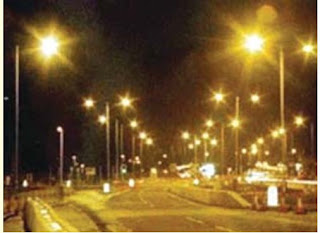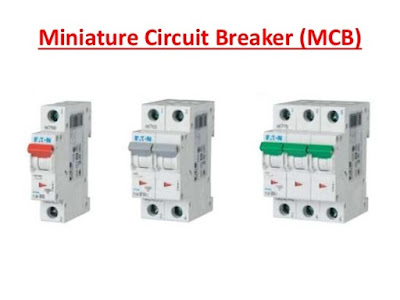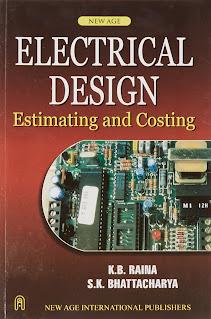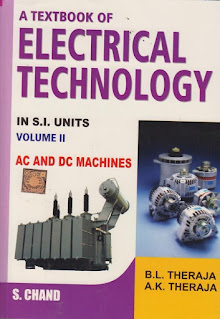Fuses
A Fuse is a small piece of metal inserted in a fuse circuit, which melts on excessive flow through this and thus breaks the circuit.
Fuse element is usally made of low melting point,high conductive material and least fall due to oxidation e.g.,sliiver,copper etc. Advantages
(i)It is the cheapest from of protection available.
(ii)It requires no maintenance.
(iii)Its operation is inherently completely automatic unlike a circuit breaker which requires an elaborate equipment for automatic action.
(iv)It can break heavy short-circuit current without noise or smoke.
(v)The smaller size of fuse element impose a current limiting effect under short-circuit conditions.
(iv)The inverse time-current characteristic of a fuse makes its suitable for overcurrent protection.
(vii)The minimum time of operation can be made much shorter than with the circuit breakers.
Disadvantages
(i)Considerable time is lost in rewiring or replacing a fuse after operation.
(ii)On heavy short-circuit,discrimination between fuses in series cannot be obtainted unless there is sufficient difference in the sizes of the fuses concerned.
(iii)The current-time characteristic of a fuse cannot always be co-related with that of the protected apparatus.







